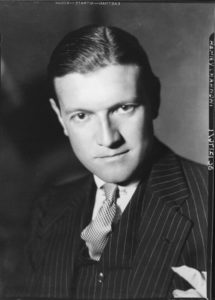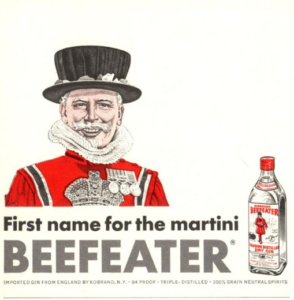Diarist and socialite Chips Channon thought the young Kenneth Clark seemed “bogus” in the 1930s when he was the young director of the National Gallery. Bogosity can have its own rewards, of course, one of which is a disposition towards pointless woolgathering.

Kenneth Clark, 1930s
Which brings us to this 1954 essay by Sir Kenneth, on the willy-nilly evolution of the public art gallery in the 19th and 20th centuries.
From ArtNews, where it was published originally:
The public art gallery is a relatively recent creation—scarcely one of them is older than two lifetimes—and it has grown up through a series of accidents, without much clear thought of its purpose, or, rather, of its conflicting purposes. This does not discredit it, for many of the most valuable human creations. from the British Constitution to the Italian opera, have been accidental, illogical and full of contradictions. But it does suggest that the function of museums of art is bound up with the historical process by which they took their present form.
Chips Channon
Under what circumstances were works of art first brought together for public enjoyment? The answer is that in the two complete, consistent epochs on which European civilization is based—those of fifth-century Greece and thirteenth-century France-works of art were first brought together as objects or accessories of worship. The first great displays of painting and sculpture in ancient Greece took place in temples, and were made in honor of the Gods. The first collections of works of art of all kinds—which we could call museums—were the treasuries of temples, such as that of the Oracle of Delphi. This is equally true of the Middle Ages. It was in the great cathedrals that men became conscious of the power of works of art to quicken their spirits…








